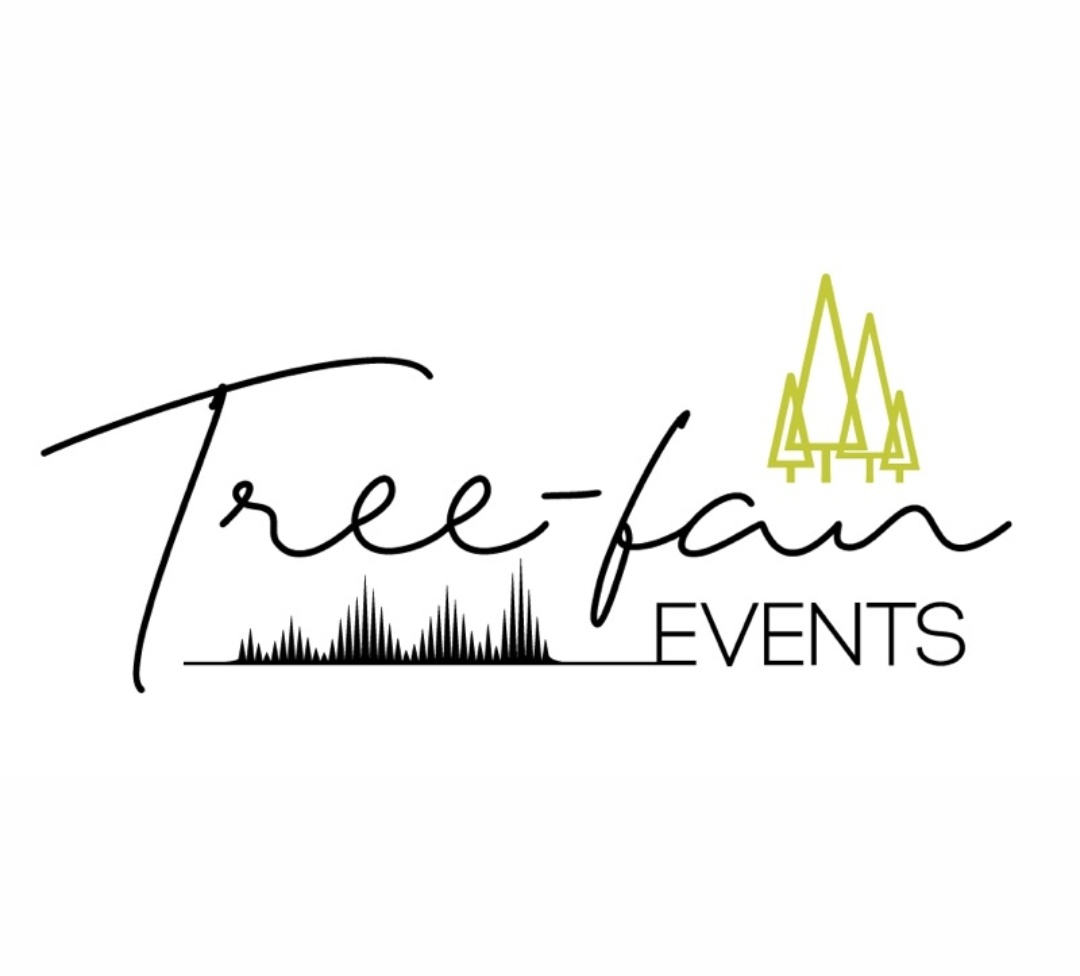As a virtual event speaker, there are lots of things you can do after your online presentation because your efforts do not end there. In the third and last part of the series, we will share some ideas on what you can do after the online event is over.
1. What you can do after the online presentation
Right after the online presentation, you need to relax for a few moments, take a well-deserved break, and analyze your performance. After that, there’s a lot more to do. Here are a few steps that you need to follow.
1.1. Take a break
Sit back, relax, and acknowledge the fact that you did an excellent job. The presentation is over, and now, you are more confident than ever in your skills as an online speaker. And it’s just the beginning.
1.2. Ask for feedback from the audience
Your audience will be able to evaluate your presentation more accurately than you could do it. What’s more important is that they will be able to pinpoint if you made some mistakes or if the presentation was clear enough for them. The audience can definitely help you analyze and improve your performance over time. They can also guide you by telling you exactly what they want to learn next, what you may have missed during the presentation, and so on.
1.3. Answer every question you missed during the online event
When you ask for feedback, people will have questions. And most of these questions could have been included during the presentation. Don’t worry, you can still address them after the event is over. Give them the answers they couldn’t receive during the presentation.
1.4. Entertain a continuous conversation with your audience
This advice applies and relates to everything we’ve discussed before. Engage in conversation with the audience, but don’t do it because you need to market yourself or your presentation. Do it because you genuinely want to help them. Do it because it enables you to position yourself as an expert in your industry. Do it continuously, whether or not you just had a presentation. There are a lot of social media channels that can help you stay connected with them so you can contribute with helpful advice.
2. What to do with your content after the presentation
It’s always good to record your presentation so you can, later on, use it to create slideshows or any other materials that will help you promote it further. You can also use this content to promote yourself and your personal brand.
2.1. Re-purpose the content
What does this mean? Well, take all your ideas, everything that was worth mentioning, and write a blog post based on that. Or record a podcast based on the same ideas. Do it in an original style. You want to avoid repeating yourself, and you should also come up with something new to add to the different forms of content you’ll be creating.
2.2. Don’t publish the entire presentation
Get some of your ideas, create content around them, and just let the audience know that they can learn more about that topic by watching the online conference/presentation. You will make your audience curious if they’re interested in the subject, and perhaps they’ll even attend your next online event.
2.3. Repost or retweet people’s stories or tweets that are about you or related topics
People will be more connected to you if you keep them close. They’ll get close if you reach out to them on a personal level. Showing them that you are interested, being involved in their conversations, showing them that you did notice what they are talking about will give them the confidence to open to you, speak to you, and follow what you’re posting. When they share a quote from you, a link to one of your posts or presentations, when they mention you in a comment or on social media posts, they are creating content for you.
2.4. Publish your presentation on major distribution platforms
Be there where the audience is and give them something in return. Publish your slides on SlideShare or LinkedIn, create carousels with up to ten slides on Instagram as well. Share, share, and then share some more. Make it short, get straight to the point, but make it impossible for the audience to think your content is boring and just skip it alltogether.
3. How to use the available tech after the presentation
Thanks to the cloud, we can now archive every document we can think of. Do the same thing with your presentation so you know that it’s available to you in an instant and that you can access it whenever you want to use it or show it to someone.
Conclusion
Whether or not you already are an experienced virtual event speaker, doing it for the first time online is quite different from what it would be offline. There are a lot of technical aspects to take care of and other details that can make the difference between a successful and a failed online conference.
We hope that the ideas and tips included in these three article are going to help you prepare an outstanding presentation and that you’ll soon improve your skills when it comes to online conferences. Feel free to share your experience as an online speaker with us or any other tips you may have. Below, check out the best and most helpful Info-graphic for virtual event speakers, courtesy of Bannersnack, share it and pin it as a future resource to reference when you need it again.
Stay healthy and safe!

Courtesy of Bannersnack



One thought on “Virtual Event Speaker Tips: Post-Event (p3)”
Comments are closed.